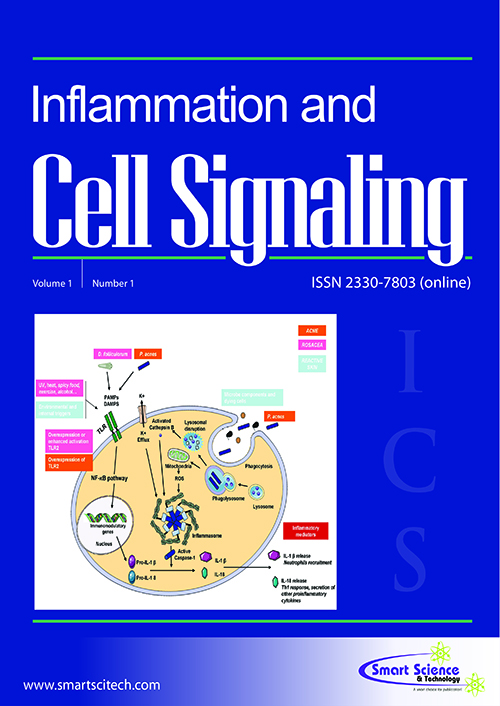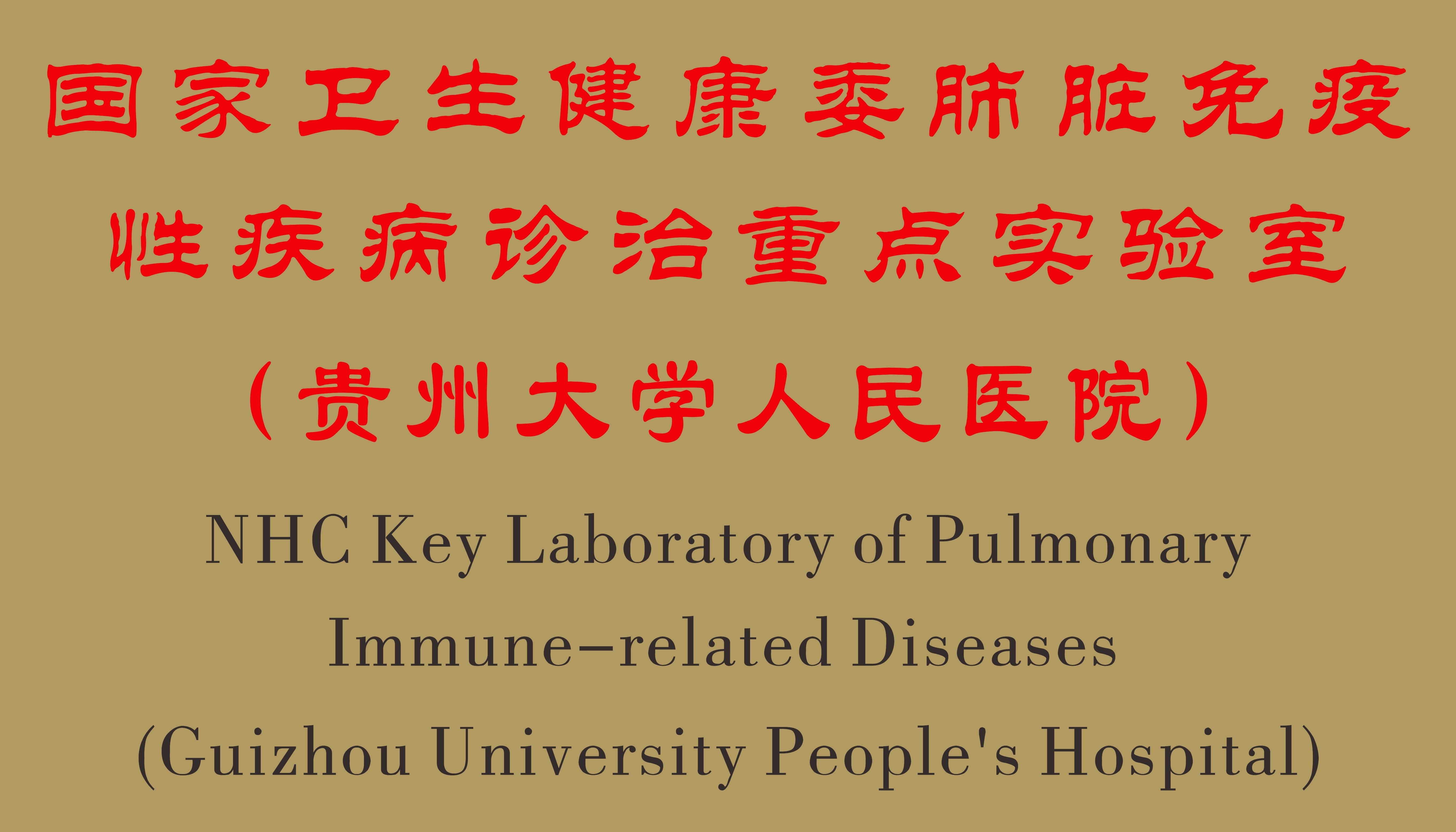Blood borne: Bacterial components in mother’s blood influence fetal development
DOI: 10.14800/ics.1421
Abstract
Bacterial or viral infection of the mother during the course of pregnancy can cross the placenta and actively infect the fetus. However, especially for bacteria, it is more common for mothers to experience an infection that can be treated without overt fetal infection. In this setting, it is less well understood what the risk to fetal development is, particularly in terms of neurological development. This research highlight reviews recent findings indicating that bacterial components generated during infection of the mother can cross the placenta and activate the fetal innate immune system resulting in changes in the course of brain development and subsequent progression to postnatal cognitive disorders. Bacterial cell wall is a ubiquitous bacterial PAMP (pathogen-associated molecular pattern) known to activate inflammation through the stimulation of TLR2. Cell wall is released from bacteria during antibiotic treatment and new work shows that embryos exposed to cell wall from the mother demonstrate anomalous proliferation of neuronal precursor cells in a TLR2 dependent manner. Such proliferation increases the neuronal density of the cortical plate and alters brain architecture. Although there is no fetal death, subsequent cognitive development is significantly impaired. This model system suggests that bacterial infection of the mother and its treatment can impact fetal brain development and requires greater understanding to potentially eliminate a risk factor for cognitive disorders such as autism.














